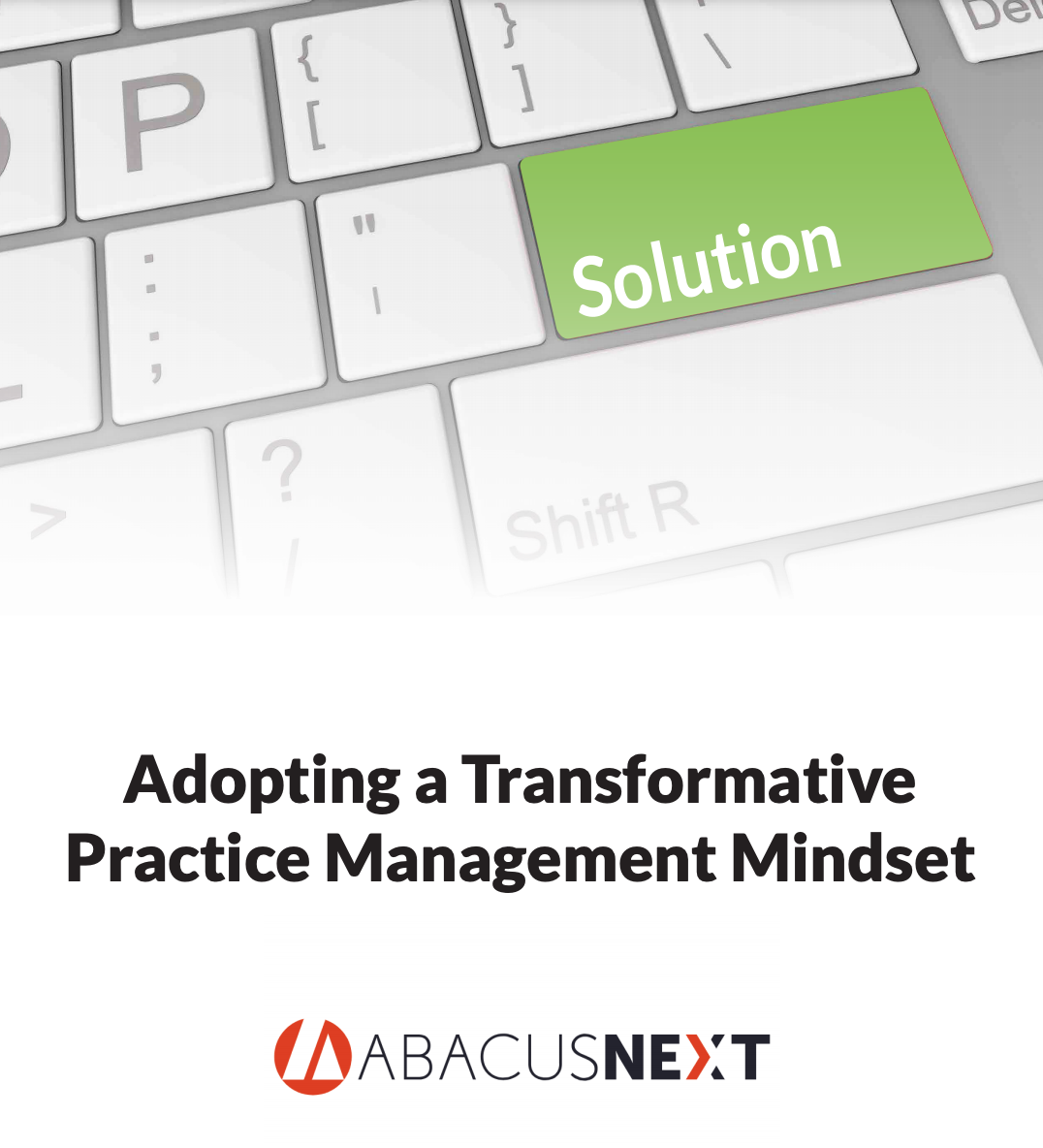Focus on These Four Key Areas to Continually Advance Your Accounting Firm’s Innovation Journey

Entrepreneur and author, Steve Glaveski, in his LinkedIn post “Reasons Why Accounting Firms Need to Innovate” says,
“While it continues to be a much promoted initiative today, there is little evidence of leaders demonstrating a genuine understanding of what innovation actually means to an accounting firm and less evidence of change at the majority of firms.”
To Glaveski’s point, while many accounting firms have been innovative in their approaches to one or two areas in their firms, few of them have actually created a comprehensive roadmap for innovation across all areas of practice management. While starting this kind of innovation journey can be daunting, it is necessary in order to leverage synergies and provide ongoing improvement in key practice management processes.
Starting your accounting firm innovation journey
The best way to approach innovation, Glavescki postulates, is to focus on creating it in the fundamental processes of your business and adopting a transformative technology mindset. In the case of accounting firms, this translates into driving innovation through four key areas of practice management including:
1. Workflow and technology
The operational backbone of any accounting practice is generally the workflow it uses to accomplish client service tasks and deliverables and the technology it leverages to accomplish those tasks as efficiently and profitably as possible. Increasing the degree of success your firm has in these areas should be the goal when it comes to milestones on your innovation journey because it will lead to reduced cost structures, increased margins and, ultimately, a more productive practice.
2. Client segmentation and experience
The client segments that your firm serves and the experience you deliver within them are an important part of practice innovation for your firm. Gone are the days when you can rely solely on one practice area such as tax, especially as these “traditional” services are now commoditized and low margin.
To remain competitive, your firm must differentiate itself in both the services it offers and the way clients interact with you from their initial contact throughout their entire relationship with you (i.e. the client journey). Developing new niches, pricing structures and service packages are just a few of the ways to innovate the client segments you serve. In addition, you must also find new ways of providing services based on your clients need for more business analysis, security, online contact, different channels of communication and access methods such as cloud-based portals, mobile apps and text messaging.
 Download our free whitepaper Adopting a Transformative Practice Management Mindset for details on 5 strategic areas you can leverage to enable your firm to build a better practice by taking a systematic approach to client service and operations.
Download our free whitepaper Adopting a Transformative Practice Management Mindset for details on 5 strategic areas you can leverage to enable your firm to build a better practice by taking a systematic approach to client service and operations.
3. Service structure and delivery
In order to support the innovations described above, it is imperative to implement automation of time-intensive, manual tasks to free up human, billable time, and financial resources to further leverage innovative practices which can be reinvested back into your firm. Another important benefit of doing this is that it will help your firm attract and retain higher level talent. Having a team which values and will help to support innovation is another critical component of your firm’s ongoing advancement on this journey.
4. Business model migration
Innovating how your practice operates, who it serves and how it delivers services is often a stepwise process. As you find best practices in these areas you will also need to plan and shift your firm’s business model. This may include maintaining remote employees, outsourcing certain client service functions, partnering with new service providers, and creating a cloud-based technology ecosystem.
Migrating your business model also involves measuring different key performance indicators and insights than those you are using now. This is a process which may require a different type of practice management solution, one that allows you to look comprehensively at the health of your practice and assess the impact and status of your innovation journey to date. Knowing where you are at in the present serves as the foundation for future-oriented planning.
Start innovating today
“Innovation” has been a buzzword in the accounting profession for at least a decade, however, there has been little agreement on what the word actually means in the practical sense of implementing the tactics you need to achieve it. This means that before your firm can embark on—and then advance—its innovation journey, you must define what this journey means for your firm in terms of the objectives and goals you want to achieve. As you work to put strategic innovations into place, you’ll make real progress in your journey. The benefits? A more productive, profitable, and proactive approach to ensuring your firm continues to successfully evolve across all four fundamental areas of innovation above.